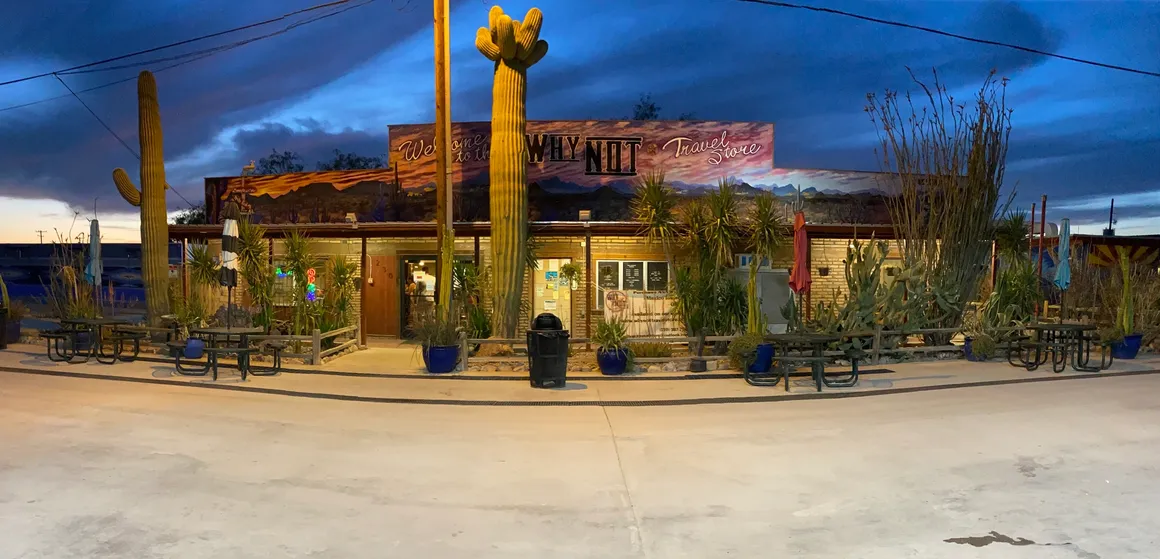According to the oral tradition of the Yaqui Indians the Creator gave life to the animals of the ocean. Some of these sea creatures emerged onto the land and were called the Surem. The Surem were of short stature. They were a loving and peaceful people who lived in harmony in the beautiful Sonoran Desert. God spoke to them through a small tree and revealed horticultural techniques, prophesied foreign invaders and the coming of Christianity. The Surem became frightened with some of the predictions and became taller and skillful warriors. They then called themselves Yaquis (Hiaki) or Yo’emem (the people). By the year 552 of the current era the Yaqui were farming and fishing along the Yaqui River in northern Mexico and as far north as the Gila River in present day Arizona. They planted corn, cotton, beans, and squash and gathered plants from the desert. They also traded with other indigenous groups from central North America.
By the year 1533 the Spanish were colonizing the Americas and were looking for slaves to industrialize their territories. They were defeated by the Yaqui, but at a loss of thousands of Indian lives. Believing they were given their lands by God, the Yaqui fought to the death to protect their homes, their lands and their culture. Around 1608 they raised an army of 7,000 within hours, eventually defeating the Spanish.
After finding silver around 1684 in the Yaqui River Valley, the Spaniards were determined to take the lands of the Yaqui, who for the next 190 years fought ferociously against the Spanish and then after the War of Independence from Spain (1810–1821), the Mexicans as well. In 1868 one hundred and fifty Yaqui were burned alive while being imprisoned in a church. In order to take over their homelands, Mexican President Porfirio Diaz (1876–1880) forced many of the Yaqui Indians to relocate to the Yucatán where they were sold and died as slaves.
Never being totally conquered by the Spanish, they did convert to Christianity through the work of the Jesuits, with whom they had a rewarding relationship. The Yaqui developed a productive economy and in turn the Jesuits were able to extend their missionary work further north. In the 1767 the King of Spain expelled the Jesuits from the New World; this caused a revolt from the natives.
Their religion is a melding together of Roman Catholic and the old Yaqui beliefs. The Yaqui use music, prayer, singing, and dancing in their ceremonies. Most notably, the Deer Dance and Deer Song are performed several times a year by Pascolas, designated members of the tribe, especially during Lent and Easter. Originally, the Deer Dance, it is believed, was associated with hunting.
The Yaqui universe consists of four separate worlds: the animal world, the world of flowers, the world of people and the world of death. The world of people is separated into two classifications: Yoeme, those with magic in their hearts, and Yori, those with fear and confusion in their hearts. Flowers are viewed as the manifestation of the soul and are an integral part of their religious ceremonies, especially during Easter time.
During the time of persecution by Mexico, many Yaqui fled to the United States for refuge. The Yaqui received 202 acres in 1964 from the U.S. Federal Government. Many Yaquis live in the Tucson area and as far north as Mesa, Arizona. There are pockets of Yaqui still living in Mexico primarily south-east of Guaymas along the Rio Yaqui between the Gulf of Mexico and the City of Obregon.
This brief article cannot do justice to the Yaquis’ rich history and culture; there is so much more to explore.



























